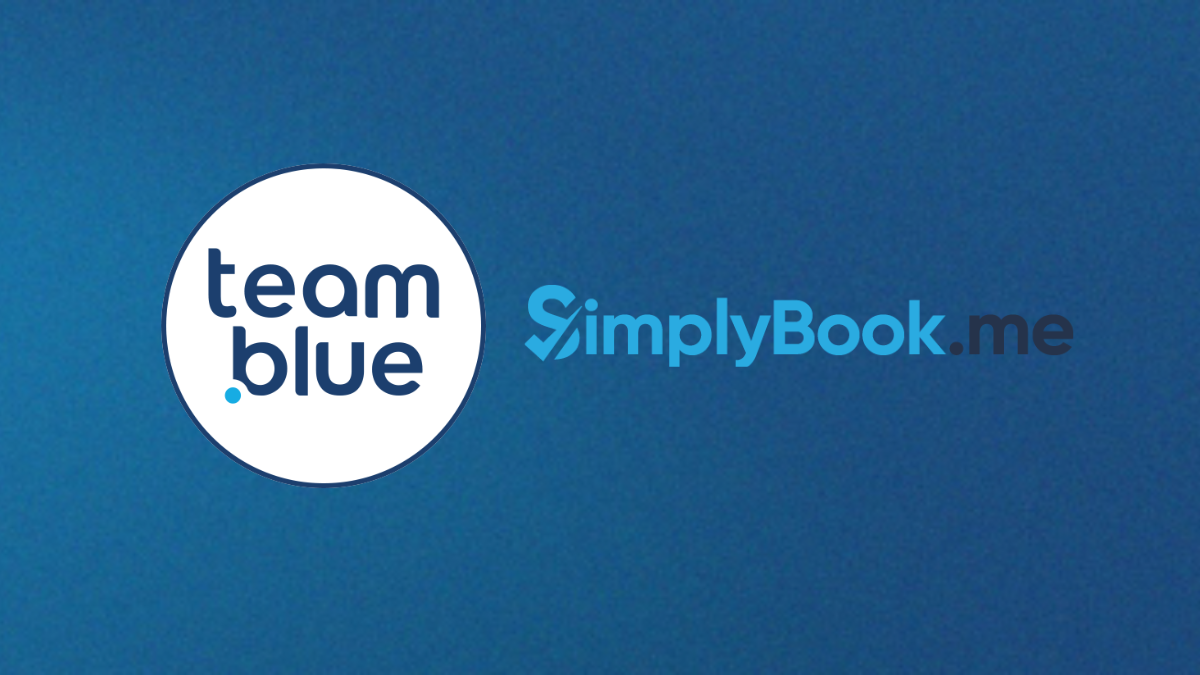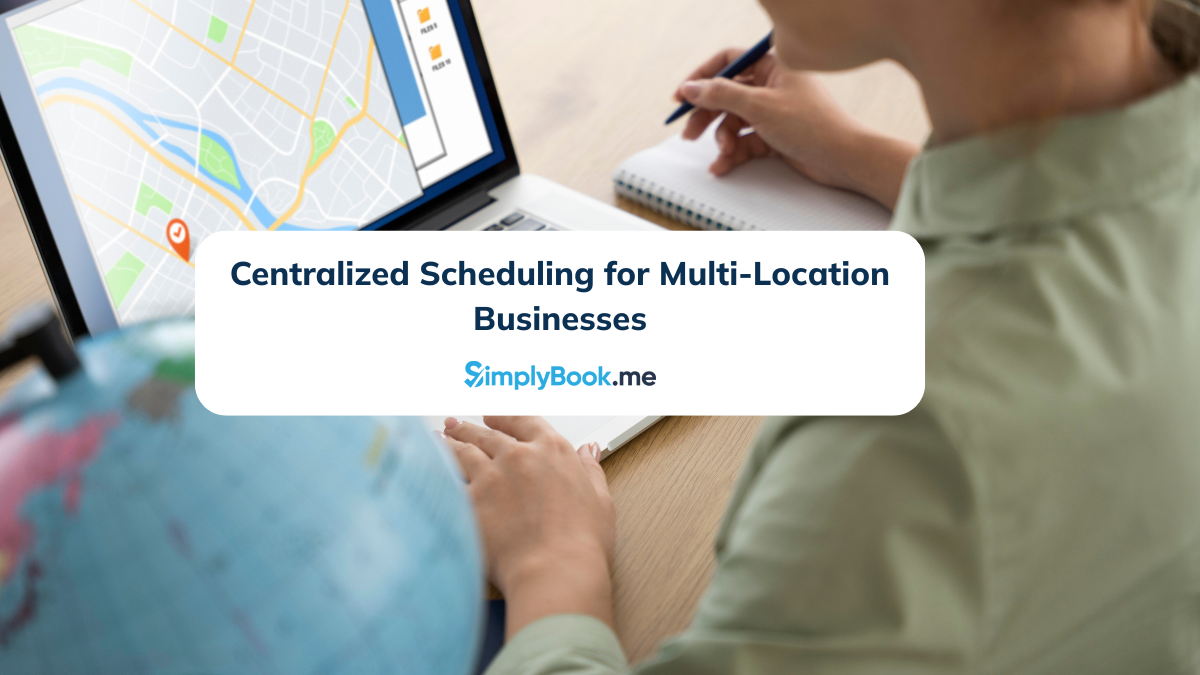6 Strategies for Effective Client Waitlist Management

This post is also available in:
![]()
![]()
![]()
![]()
Kick-starting and building a small business in a competitive industry is a monumental achievement. It takes time, money, and tremendous effort to build a brand, acquire quality clients, and push your small business forward. But now that you’re there and can safely call yourself a successful entrepreneur, you find yourself at a crossroads.
Now that your business is attracting more clients than you can handle at once, you’re forced to turn people away. Or are you? Turning away potential clients is the last thing you should be doing at this stage of your company’s journey.
Every potential client you turn away is a client who will get what you’re offering somewhere else, which means you’re losing out on potential revenue and business opportunities. What you should do instead is build and manage a client waitlist.
Here’s what you need to do to take your business to new heights of success.
Reasons and Signs You Need a Client Waitlist
Before we delve into the concrete strategies you can use to manage a client waitlist (and convince clients to wait for you), we must consider an important question: do you actually need one? Without a doubt, the most significant telltale sign that you do need a client waitlist is that you simply don’t have the time to take on any more work.
But there are more signs, including:
- Feeling stressed and overwhelmed
- Losing track of your projects and processes
- Not committing to each client like you used to
- Time management is more complicated than ever
- Things are starting to slip through the cracks, and you’re making mistakes
- You’re cutting precious time out of your personal life
- You’re feeling burnt out, and you’re losing focus, motivation, and daily zeal
If you’re resonating with any of these signs, it’s clear that you need a client waitlist. That said, it can be challenging to take this step if you, like so many others, are suffering from impostor syndrome.
You might not think that people will actually wait for you to become available and that you’re not worth it, but it’s important to remember that your worth is what got you here. You are definitely worth it simply because you have to turn people away – you are that busy and in-demand.
Be sure to read our guide on how to beat the impostor syndrome if you’re struggling with it, but right now, let’s talk about effective client waitlist management.
Strategies to Manage Your Client Waitlist Like a Pro
1. Gather Inquiries via Opt-in Forms
First, it’s important to take a structured approach to prospect management and ensure you’re effectively fielding business inquiries. While you can automate your email replies, for example, to tell clients that they can join your waitlist, it’s better to actually meet with them, discuss their needs, and then suggest they wait until you become available.
This will allow you to showcase your worth, discuss project timelines, and tell them exactly when you’ll be able to take them on. With that in mind, they should be able to book appointments from your email campaigns, but they should also be able to book appointments on your website.
It can be easier to create a booking form in WordPress than on standard HTML websites because there is no coding involved, though, as there are numerous plugins that you can integrate with a few clicks.
Once you have an opt-in form and an appointment scheduling tool, your potential clients will be able to get in touch with you quickly, schedule a time for a call, and of course, join your waitlist automatically.
2. Create and Manage a Detailed Spreadsheet
With all these potential clients reaching out, you need to stay organized, and there’s no more straightforward way to keep a waitlist organized than by using a spreadsheet. Keep your whiteboard tools for when you actually start working with the client and focus on structuring your spreadsheet to contain all the essential information on your prospects.
This information includes:
- The full name of the client
- A detailed description of their company
- Their needs and goals
- The industry they operate in
- Their top competitors
- Their project outline and objectives
- A ballpark fee for their project
- When you’ll be available to start the project
- Possible milestones and a rough project timeline
Keeping all of this information in one place will help you stay organized, but it will also make transitioning to working with a new client much easier. Why? Because you’ll be able to use the spreadsheet to hit the ground running.
You can complement the spreadsheet with appointment reminders so that you can stay in touch with waitlisted clients. This leads us to the next important point.
3. Keep a Detailed Project Calendar and Engage Your Clients
Another vital part of an internal organization that will facilitate waitlist management is having a detailed project calendar. Project calendars are important for internal organizations. However, they are also fundamental to staying organized on the client end. You can use them to keep your clients apprised of your progress and processes, set realistic expectations, and provide a timeline they can use.
But when it comes to your waitlist, these calendars can serve internal and external purposes. Internally, knowing the duration of each project and its milestones will allow you to forecast your availability. Externally, on the other hand, you can use this information to calculate exactly when you’ll be able to take on more work so that you don’t miss out on any opportunities to work with new clients.
You will then be able to automate communication with waitlist clients and send out bulk email blasts with updates, reminding them that they’ll soon have their turn. This will keep your waitlist clients engaged and inspire them to stick around no matter how long it takes.
4. Know Your Availability and Plan Ahead
Your project calendars will prove invaluable in long-term planning and forecasting. Only by knowing your project durations will you be able to plan months in advance and thus give potential clients a clear start date.
Calculating your project timelines will require you to:
- Ascertain the complexity of a project
- Familiarize yourself with the client and their needs
- Gauge feedback and client responsiveness
- Set a realistic pace, determine milestones, and assign time slots for each
- Set a clear scope of work with minimal to no additions that would push back the final deadline
Following this structure is a prerequisite for smart business planning, and it will allow you to communicate your availability to waitlist clients without having to go back on your word. Needless to say, you need to have detailed contracts and SOWs (statement of work) so that existing clients can’t simply ask you to do more and thus prolong the entire project.
While you might want to indulge them, you need to stay focused on the long-term goal, and that’s to move your potential clients from the waitlist onto the “production queue”.
5. Prioritize Waitlisted Clients and Use the Right Tools
Prioritization can be a complex process. While you could manage your waitlist on a first-come-first-serve basis, that’s not always the best way to manage your work and your clients over the long term.
Make sure to prioritize which clients you’ll take on next based on:
- Project complexity
- Potential project duration
- Financial value
- Business growth opportunity and potential
- Long-term potential for higher financial gain
- Your professional needs and satisfaction
Remember that you should not take on projects that you simply don’t feel like doing. You need to go into a project with determination and zeal, so it’s important to consider your professional needs. If you’re feeling burnt out or if you just finished a similar project, skip it.
You also need to use the right tools. Automation is essential when taking on new clients, and you need to automate processes quickly – such as social media, email communication, or analytics and progress reports.
For social media, for example, it’s good to use social media management tools that will allow you to manage all clients from a centralized location. The same goes for other processes, whether they are internal or external.
6. Market Your Waitlist
Lastly, simply having a waitlist doesn’t mean that potential clients will sign up or find it independently. It’s essential to market your waitlist, disseminate it across the web, and make it easily accessible.
The easier it is for people to learn about and access your waitlist, the higher their chance of signing up. That’s why you need to disseminate your waitlist on social media, through email campaigns, and even with dynamic QR codes so that potential clients can simply scan it and immediately access your opt-in form or a waitlist landing page on your website.
By continuously investing in your waitlist, you will effectively invest in your business, ensuring that you always have a populated waitlist. Needless to say, this is a crucial element of long-term success and securing steady growth for your small business.
Wrapping Up
If you want your business to keep growing, you can’t keep turning people away. Yes, you are busier than ever before, but that doesn’t mean you should miss out on some fantastic opportunities to take your career to new heights.
Luckily, you know just how important and beneficial it is to create a client waitlist. Be sure to use these strategies to manage your waitlist like a pro and convince potential clients to wait until you become available to take them on.
After all, you are worth the wait.
Guest Author Bio: Nina Petrov
Nina Petrov is a content marketing specialist, passionate about graphic design, content marketing, and the new generation of green and social businesses. She starts the day scrolling her digest on recent digital trends while sipping a cup of coffee with milk and sugar. Her little white bunny tends to reply to your emails when she is on vacation.


Comments
0 commentsNo comments yet